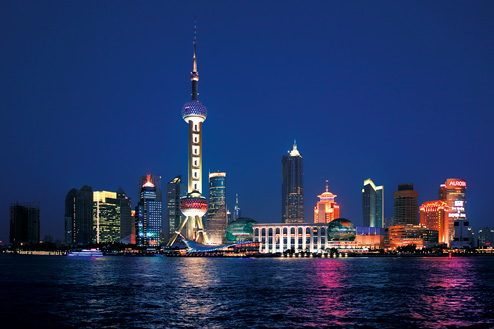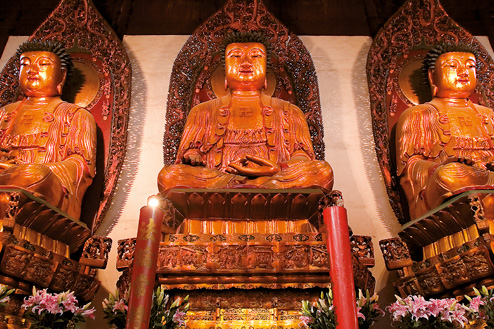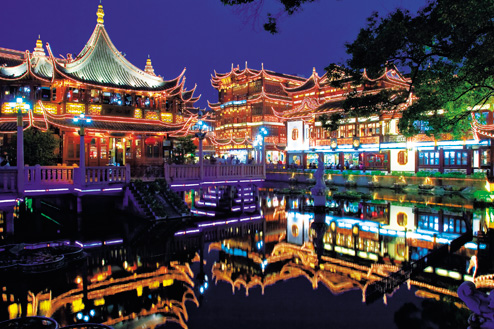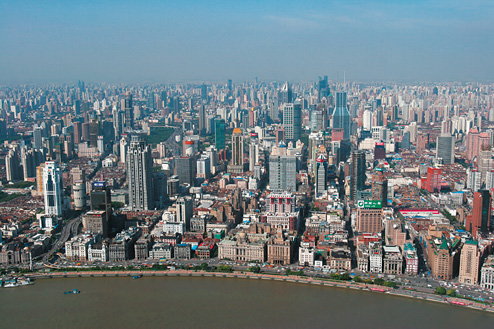Opium For The Masses
In the 1600s, the Ming were vanquished by the Manchus, who set up the Qing Dynasty. Shanghai’s beginnings came about as a result of a stand-off between the Qing and the British, who had been restricted to using one Chinese port – Canton, today’s Guangzhou – for trade. The British had begun importing opium into China, but when the Chinese seized and destroyed a consignment it sparked the first Opium War. The Chinese were defeated and for payment the British demanded that five new ports should be opened. One was a town at the mouth of the Yangtze, the gateway to Nanjing and eastern China. According to popular mythology, Shanghai was little more than a sleepy little fishing village which was transformed by the new trade. Yet the exquisite Yu Garden (Yuyuan), with its ornate 16th century Huxinting Teahouse and labyrinthine walkways, reveals that it had already been a trading town of some substance; in fact, it once boasted a wall to protect it from the threat of pirates. Once it became a treaty port in 1842, Shanghai was used by opium-laden ships and it soon grew into a sizeable town. But the ships also brought misery to the local population. Many became addicted to the drug and opium dens which sprang up across the city. In 1909, US president Theodore Roosevelt opened the Shanghai Opium Commission, the world’s first collaborative effort to stamp out drug use.













